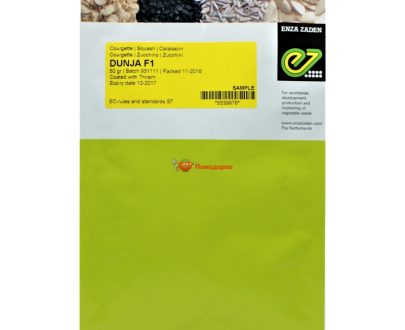Tenera Oil Palm seedlings (Hybrid Variety)
Tenera oil palm seedlings are hybrid oil palm variety. of transplanting to the field. If drip irrigation is used, this hybrid oil palm seedling can fruit within a period of less than 3 years after transplanting to the field has been done. Oil palms produce either nigrescens or virescens fruit type. The lifespan is 25 years. This variety is resistant to diseases like genoderma and basal stem rot virus. Higher oil-to-bunch ratio, more than 25% bigger seed, thinner shell, and smaller kernel. Longer tree lifecycle, 30 years of fruit-bearing, therefore the income period is longer.
To prevent insects
It is highly dependent on the stage selected by the farmer. For the two-stage nursery, there must be a shed which will have the seedlings packed in close range (closely packed). Afterwards, they proceed to the next stage, which requires (Transplanting) spacing the seedlings by putting them in body bags where they will be kept for a few months, after which, they will be up for sale.
-
Characteristics
- It is a hybrid oil palm variety unlike the open pollinated oil palm variety common in Nigeria.
- The oil palm tree produced by this variety is twice – thrice as big as the local Nigerian oil palm variety.
- It can produce above 10 tons of palm oil per hectare in the early years of fruiting and much more than 10 tons per hectare in the later years of fruiting.
- It can start fruiting as early as 3 years after transplanting.
Advantages
- It has a much higher yield than the local open pollinated variety.
- The oil yield is also higher than that of the local variety.
- It has a better disease and pest tolerance than the local variety.
- The palm oil produced from this variety is preferred by food and chemical manufacturers than the oil produced by the local variety.
Steps on how to plant the Oil palm seedlings
- Choose a suitable location. Tenera Oil Palm seedlings require a warm, humid climate with an average annual rainfall of 2,000-2,500 mm. They are also sensitive to frost, so they are not suitable for cultivation in cold climates.
- Prepare the soil. The soil should be well-drained and fertile. It is also recommended to add organic matter to the soil to improve its fertility.
- Dig planting holes. The planting holes should be 60 cm deep and 60 cm wide.
- Place the seedlings in the planting holes. The seedlings should be planted at the same depth as they were growing in the nursery.
- Backfill the planting holes. Once the seedlings are in place, backfill the planting holes with soil.
- Water the seedlings. The seedlings should be watered thoroughly after planting.
- Mulch around the seedlings. Mulching will help to conserve moisture and suppress weeds.
NOTE










Customer reviews
Reviews
There are no reviews yet.
Only logged in customers who have purchased this product may leave a review.